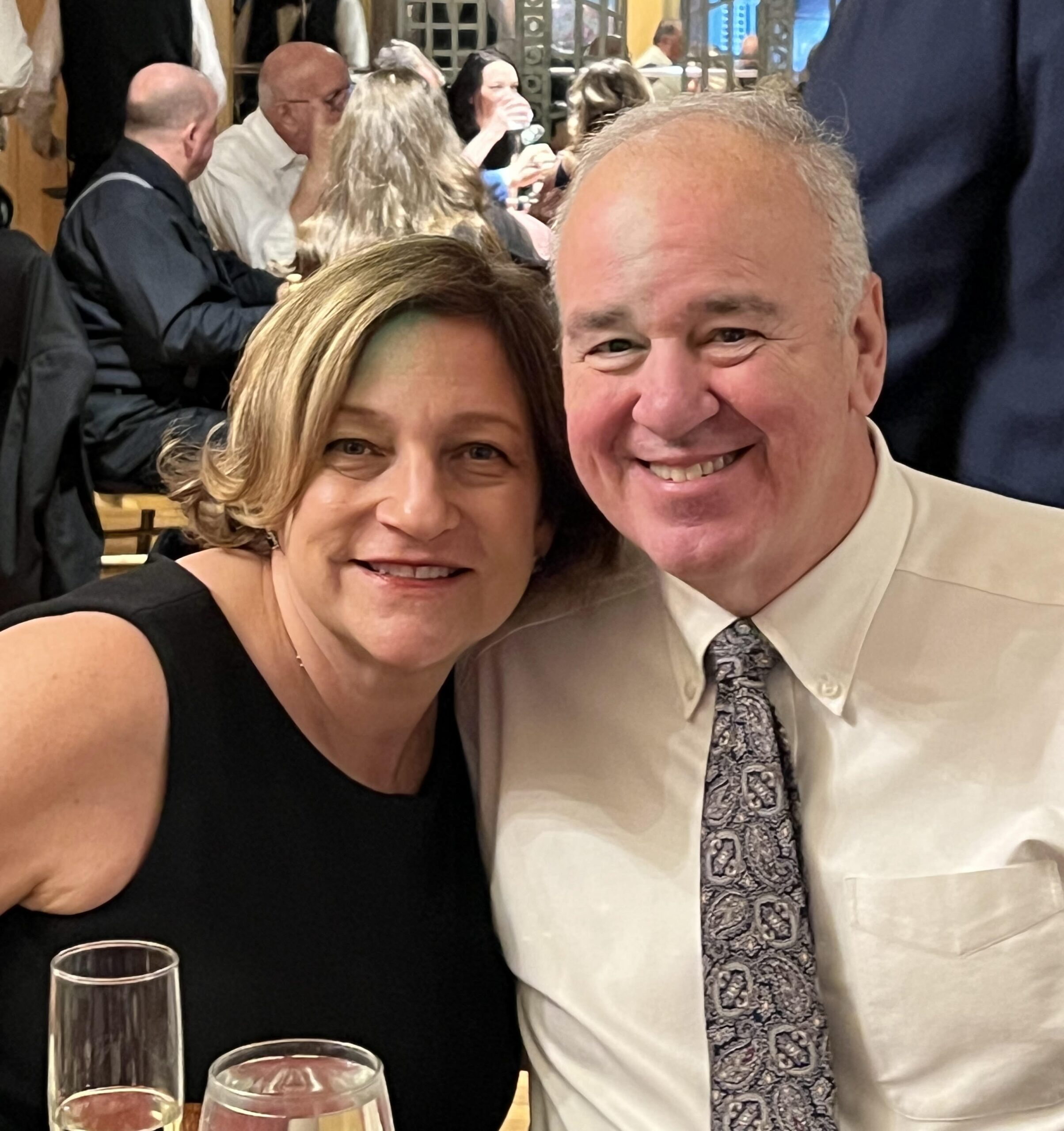I could drop into a business blindfolded and identify the three barriers to having an Agile & Lean organization. Call me arrogant, but when I see the pattern repeat itself over and over again, I think CEOs need to take note of these blindspots. Too often their organizations are based on a shaky foundation of poor talent management, unclear authority and ineffective barrier removal to unleash potential. This is the invisible waste under any strategy that detracts from your impact and then you wonder why you can’t sleep at night.
Recently I dropped into a manufacturing company where I provided interim quality leadership in support of operations. It was chaotic and I was curious why I was being consulted on every quality issue; decisions that could have been made by the supervisors. I learned the previous leadership for whatever reason needed to be consulted on all rejections and investigations. In the process, I also learned their leadership was not conducive to building confidence in the front line leaders. It was a sad set of circumstances, but I sought to understand what was missing or broken.
Putting aside the leadership issue of the past, I realized my role was to remove the barriers for their decision making and eliminate waste in the process. Most leaders throw resources at a problem or stretch the existing labor until they call off. What I saw was a much different issue rooted in poor agility and a massive amount of waste. Here is what I learned and will now share with you.
Removing the blindspots in these three areas will enable resilient teams to be Agile and Lean:
- Assess the talent and really see their value. Elevate them in their current role to give them back confidence. Plan to move those where their talent can be amplified. Your job is not to keep people in their places, but to move them up and out. Short sighted views would see this as a risk. However, long term thinking will recognize that you amplify their impact.
- Establish levels of authority, capability & capacity – Too often we strip people of their decision making authority and the ability to think in a risk averse environment or a culture of micro management. If there is too much waste in back and forth between your line workers and leadership, take a close look at how the authority is assigned and remove non-value added activities. Give the leaders more strategic work vs. being down in the weeds.
- Ways of working & barrier removal – give your resources a forum where they can escalate issues and solutions early and often. They become part of the solution based culture vs. one that is guided by rigid goal posts for which they could feel helpless to make a difference. As a leader you need to bubble up their challenges and your role is to be in service to make their jobs easier. Gone are the times of being cooped up in your office for hours on end. Your job is to be where the work is being done and do everything to help them.
Does this sound familiar?
Do you or do you know someone who is having this challenge?
Would a guide help to navigate these challenges?
For the unfiltered, off the cuff discussion about this topic, please listen to my podcast airing on 2/2/24 and view the video so you see how I really feel about this topic!.
If you are a CEO who would love a partner to help you with a business challenge, be your #2 or help develop the team of tomorrow, let us partner in 2024.
Be well-Deb








